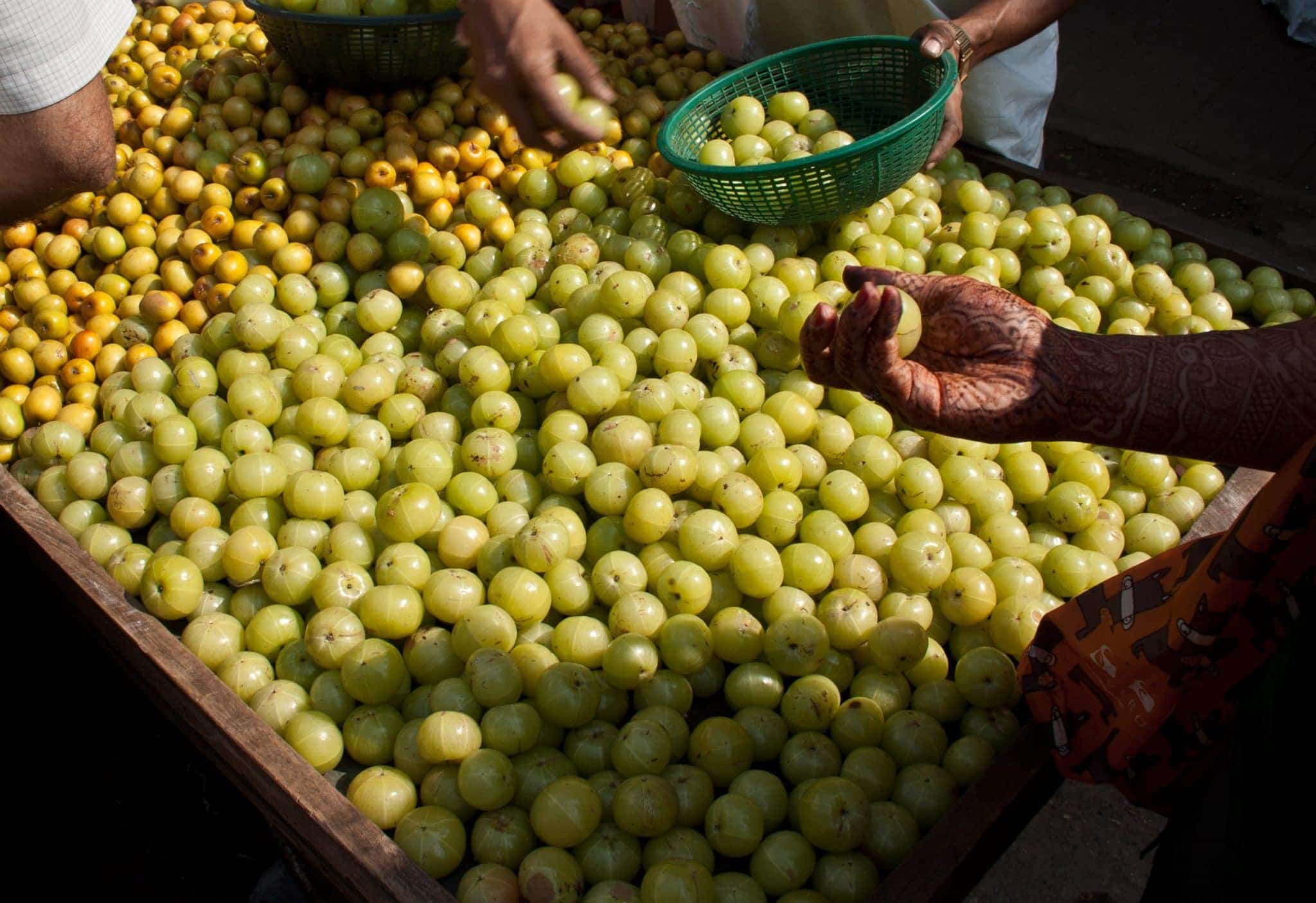Grandmother knows best: traditional methods of oral hygiene maintenance
What comes to mind when you hears these words: chewing sticks, holy basil, Indian gooseberry? No idea? They are all natural teeth cleaning remedies. Indian dental surgeons claim these methods are more effective than a toothbrush and toothpaste – with scientific studies behind their claims. But are they convincing?
By Pankaj Gupta
Toothaches, bad breath and bleeding gums are problems which have concerned humans throughout time. The first rudimentary methods of teeth-cleaning included chewing on bark or sticks, and were discovered in Babylonia in 3500 BC. The Ancient Greeks and Romans would use feathers and bones as toothpicks and the first recorded evidence of mouth rinsing is found in Chinese texts dating back to 2700 BC.
To date a large part of the population in rural areas in particular Africa, South America and the Indian Subcontinent, use traditional methods to maintain good oral health. The young urban population, however, is quick to dismiss these age-old methods as ineffective. But it has been said by the famous American Poet Pearl S. Buck “If you want to understand today, you have to search yesterday.”
The authors of a review published in the Journal of Complementary and Integrative Medicine are of the same opinion. They revisit the traditional means of oral hygiene maintenance to see how they compare with modern ones.
The chewing stick which is the forefather of the modern-day toothbrush has in many studies found to be better at preventing tooth decay when compared to the toothbrush.

It is a misconception that the use of mouthwashes is a modern-day phenomenon. They have been used by the Chinese and Indians for centuries. Decoctions of cranberry juice, tulsi (holy basil), ginger and guava have been used since ancient times. These extractions have been proven by scientific experiments that such traditional mouth washes are as effective as chlorohexidine, which is the main component of most modern-day mouthwashes.
Medicinal plants like tulsi and amla (Indian gooseberry) continue to be used today with encouraging results for good oral hygiene and a perfect smile.
Read the original article here